Your Cart is Empty
Free Shipping over $150 (Excludes Oversized Products) | Office Closed 12/24-26 & 12/31-1/2
Free Shipping over $150 (Excludes Oversized Products) | Office Closed 12/24-26 & 12/31-1/2
Sanding Belts
Sanding Discs

Types Of Swords: Full Descriptions & Shapes
by David Kranker 9 min read

Quick Overview
Throughout history, swords have been symbols of power, craftsmanship, and cultural identity, evolving in design and significance across various cultures and times. From short Bronze Age swords suited for close combat to the longer, stronger military and ceremonial swords we see today, each era has brought advancements in sword making. For enthusiasts and craftsmen, Red Label Abrasives offers quality sanding belts, sanding discs, and complete blade-making kits to craft your own blade, letting you continue the legacy of this ancient art.
Over the course of history, swords have served more than just as weapons; they have been symbols of power, craftsmanship, and cultural identity as well. From the ancient forges of the Bronze Age to the battlefields of medieval Europe, they have evolved in design and significance, reflecting the technological advancements and artistic expressions of the times.
Early swords, made of bronze, were short and suited for stabbing and slashing. The Iron Age brought stronger and longer swords, leading to the development of distinct types such as the Roman Gladius and the Viking Sword. In Asia, the Japanese Katana and the Chinese Jian emerged, each with unique cultural and martial importance. Similarly, European swords evolved from the arming sword to the longsword and rapier, each serving a specific purpose in warfare and personal defense.
In this blog, the team at Red Label Abrasiveswill outline the most common types of swords, explore their shapes and historical significance, and even offer insights into how you can make your own. With the right materials and techniques, you can craft a blade that would do your ancestors proud!
Early Swords and Their Evolution
The origins of the sword date back to the Bronze Age, when they marked a significant advancement in weaponry. The earliest swords were predominantly made of bronze, which offered a balance between hardness and flexibility that was not achievable with pure copper. These Bronze Age swords were typically short, designed for close-combat stabbing and slashing, and limited by the strength of bronze.
As we transitioned into the Iron Age, developments in metallurgy led to the use of iron, which was stronger and more widely available than bronze. Iron Age swords were longer and could sustain more impact, making them more effective in battle.
This period saw the advent of various sword designs across different cultures, reflecting local fighting styles and technological advancements. One of the most iconic was the Roman Gladius. Compact and double-edged, the Gladius was designed for thrusting, making it perfectly suited for the close-quarters combat of Roman legions. The Romans later developed the Spatha, a longer sword that was used by their cavalry. The Spatha's design influenced medieval swords and marked a shift towards longer, slashing swords in Europe.
Another notable sword from this period was the Viking Sword, which was used by the Norse warriors. These weapons, renowned for their craftsmanship and balance, featured a long, double-edged blade and a pronounced guard. Viking swords were status symbols as much as weapons, which is why they were often intricately decorated and passed down through generations.
Asian Swords
Asian swords, particularly those from Japan and China, are renowned for their unique designs, craftsmanship, and significant roles in their respective cultures.

The Japanese Katana
The Katana is perhaps one of the most recognizable swords, known for its distinctive curved blade. Developed during the feudal period of Japan, the Katana was traditionally used by the samurai class. Its design features a single-edged, curved blade typically about 60-80 cm in length, known for its sharpness and strength. The craftsmanship of a Katana is a time-honored process, involving the folding and forging of steel to create a blade that is both hard and flexible.

The Chinese Jian and Dao
In China, the Jian and Dao are two prominent types of swords, each with distinct designs and historical usage.
- The Jian is a double-edged straight sword, often referred to as the "gentleman of weapons" due to its elegant design and association with scholarly and noble classes. It typically features a straight, double-edged blade, which makes it suitable for thrusting and precise cutting. The Jian has been used in Chinese martial arts for centuries and is revered for its balance and agility.
- The Dao, on the other hand, is a single-edged sword with a slightly curved blade. Known as the "saber" or "broadsword," it was commonly used by the military and is more associated with brute force. The design of the Dao varies across different periods and regions in China, but it generally features a heavier and broader blade than the Jian, making it more suited for slashing and chopping. The Dao was a preferred weapon for soldiers due to its practicality in combat and ease of use.
Both the Jian and Dao hold significant places in Chinese martial arts and history. They represent different philosophical and tactical approaches to warfare and personal defense and are celebrated for their unique qualities and historical roles.
Medieval European Swords
Medieval European swords evolved significantly over the centuries, reflecting changes in warfare tactics and personal combat. Three notable types of swords from this era are the Arming Sword, the Longsword, and the Rapier.

The Arming Sword
The Arming Sword was a single-handed sword characterized by its straight, double-edged blade. Typically, the blade would measure around 75 to 90 cm in length, making it suitable for both cutting and thrusting in battle. The design included a simple cross-guard and a pommel to balance the sword. It was commonly used by knights and soldiers and was often paired with a shield or buckler.

The Longsword
The Longsword emerged in the late Middle Ages and was popular for its longer blade and handle, which allowed it to be wielded with both hands. This sword typically had a blade length of about 85 to 110 cm and was designed for greater reach and leverage during combat. The longer grip provided better control and allowed for more powerful strikes. The Longsword was used both in warfare and in dueling, thanks to its versatility and effectiveness in various fighting techniques, including cuts, thrusts, and even grappling maneuvers.

The Rapier
Known for its slender, sharply pointed blade, the Rapier gained prominence in the late 16th century. Unlike the broader blades of the Arming Sword and Longsword, the Rapier's blade could be up to 1 meter in length but was much narrower, allowing for quick, precise strikes. It was a popular weapon in civilian self-defense and dueling, reflecting the shift towards more personal forms of combat.
These swords illustrate the evolution of sword design in response to changing combat styles, from knightly battles in the early Middle Ages to personal duels in the Renaissance. The characteristics and use of these swords shed light on medieval European martial history and culture.
Swords of the Middle East and Africa
The swords from the Middle East and Africa are distinct in their designs and hold significant historical value in their respective cultures. Prominent among these are the Scimitar, the African Takoba, and the Shotel.

The Scimitar
Characterized by its curved, single-edged blade, the Scimitar's design is optimized for slashing, which was a crucial advantage in the swift, mounted warfare common in the arid regions of the Middle East. The length and degree of curvature can vary, with some scimitars featuring a dramatic curve, while others are more subtle. This sword is often linked with the image of the Arabian warrior and has played a central role in the region's history and culture.

The African Takoba and Shotel
The Takoba and Shotel are two historical African swords with unique designs.
- The Takoba is traditionally used by the Tuareg people of North Africa. Known for its straight, double-edged blade and distinctive cross-shaped hilt, the Takoba is often decorated with intricate engravings and symbols that reflect the status and identity of its owner. Historically, it was both a weapon of war and a symbol of social status within Tuareg society.
- The Shotel, originating from Ethiopia, is notable for its sickle-like shape. This sword features a curved blade that was designed to reach around an opponent's shield and inflict injury. The Shotel was traditionally used in both warfare and ceremonial contexts and is a testament to the unique approach to sword-making and combat in Ethiopian culture.
Each of these swords reflects the unique environments and combat styles of the Middle East and Africa, showcasing the diversity and ingenuity in sword-making across different cultures.
Modern Swords and Their Uses
While swords have largely been replaced by modern weaponry in warfare, they still hold significance in various contexts, such as in ceremonial events, sports, and as collectible items.

Ceremonial Swords
Ceremonial swords are symbols of authority, honor, and tradition. Militaries and governmental organizations often use them in parades, award ceremonies, and other official functions. These swords are usually richly decorated and crafted with great attention to detail, emphasizing their symbolic value over practical use. The designs often reflect historical or cultural significance specific to the organization or country.

Fencing and Sport Swords
Fencing swords are designed with safety and agility in mind. There are three main types: the foil, the épée, and the saber, each with its own rules and scoring system. The foil and épée are thrusting weapons, while the saber is a cutting and thrusting weapon. These swords are lightweight and flexible, allowing for quick, precise movements.

Collectible and Replica Swords
Collectible and replica swords are popular among enthusiasts of history and swordsmanship. These swords range from exact replicas of historical swords to fantasy and movie-inspired designs. Collectors often seek swords for their historical accuracy, craftsmanship, and aesthetic appeal. Replica swords can be used for display, martial arts practice, or reenactment purposes. The quality and authenticity of these swords vary widely, from decorative pieces to functional weapons made using traditional forging techniques.
Each type of sword, whether it be for ceremonial use, fencing, or as a collectible, carries its own significance and appeal in today's world. While they may no longer be the weapons of choice on the battlefield, swords continue to fascinate and inspire as enduring symbols of history, culture, and art.
The Art and Science of Sword Making
Sword making today is an intricate blend of art and science, combining traditional forging techniques with modern manufacturing methods. This process not only requires a firm grasp of metallurgy but also an artistic touch to create both functional and aesthetically pleasing swords.
Traditional Forging Techniques
Traditional sword making is a craft that has been passed down through generations. It involves heating metal, typically steel, in a forge and then hammering it into shape. This process, known as forging, is crucial in aligning the metal's grain, which enhances the strength and flexibility of the sword.
One of the most renowned techniques is the folding and forging method, often associated with Japanese Katana making. This method involves repeatedly heating, folding, and hammering the steel to purify it and create layers that result in a strong, sharp, and resilient blade.
Modern Manufacturing Methods
Modern sword making involves the use of advanced technologies and machinery. This includes precision cutting tools, automated hammers, and heat treatment ovens that provide consistent and controlled conditions for sword making. Modern methods allow for higher production rates and more uniform quality of swords. However, even with technological advancements, the fundamental principles of sword making remain rooted in traditional practices.
Role of Abrasives in Sword Making
Blade-making abrasives play a key role in the sword-making process, both in traditional and modern methods. After the initial forging, abrasives are used to refine the shape, remove imperfections, and sharpen the blade. The process starts with coarser grits to shape the metal and gradually moves to finer grits for polishing and finishing. The choice of abrasive material, ranging from natural stones to engineered abrasives, depends on the desired finish and the type of metal used.
The art of sword making is a testament to the skill and knowledge of craftsmen throughout history. Whether using time-honored techniques or modern methods, the process requires a blend of precision, artistry, and the right materials, with abrasives playing a vital role in bringing the sword to its final form.
Craft Better Swords With Red Label Abrasives
From the curved elegance of the Scimitar to the precise engineering of the Rapier, each type of sword tells a story of the people and times it represents. For those inspired by the art of sword making, it's important to have the right tools and materials to bring these historic weapons to life.
Red Label Abrasives manufactures high-quality sanding belts, sanding discs, and even complete blade making kits engineered to provide industrial-grade performance to sword-makers. Whether you're a seasoned blacksmith or new to bladesmithing, Red Label Abrasives offers the abrasive supplies you need to create a sword that's both a work of art and a piece of history. If you have questions about our abrasives or would like to place an order, please contact us by calling 844-824-1956 or filling out our contact form. ABOUT THE AUTHOR
David Kranker is a writer and creative maker who has been covering the abrasive and knife-making industries on the Red Label Abrasives Blog since 2020. David spends his time continually researching sanding and bladesmithing to provide readers with the latest and greatest information. In his free time, David utilizes abrasives for many different home and auto projects at his home in Delton, MI.
Belt Packs Made For Knife Makers
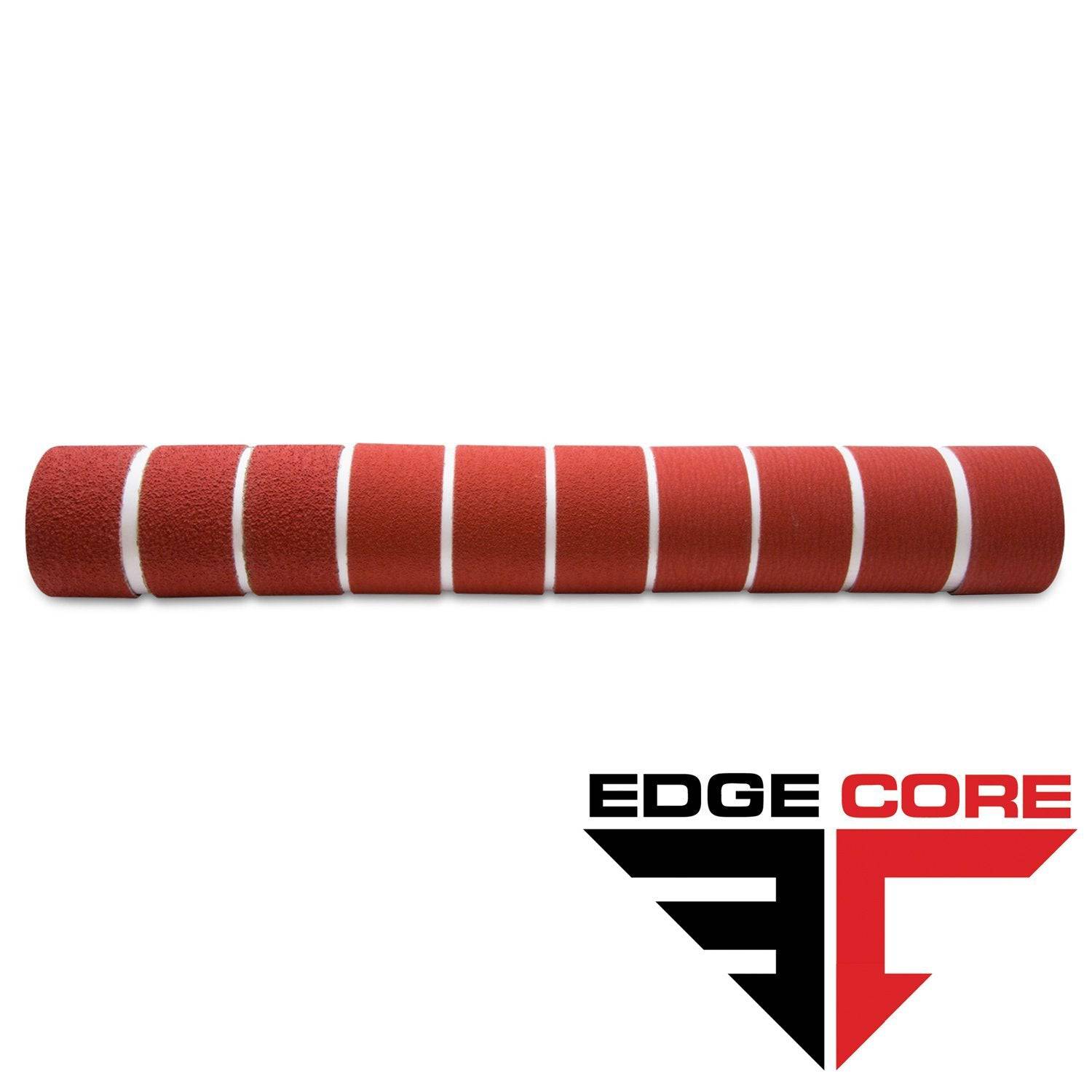
2 X 72 Inch Knife Makers Sanding Belts Assortment
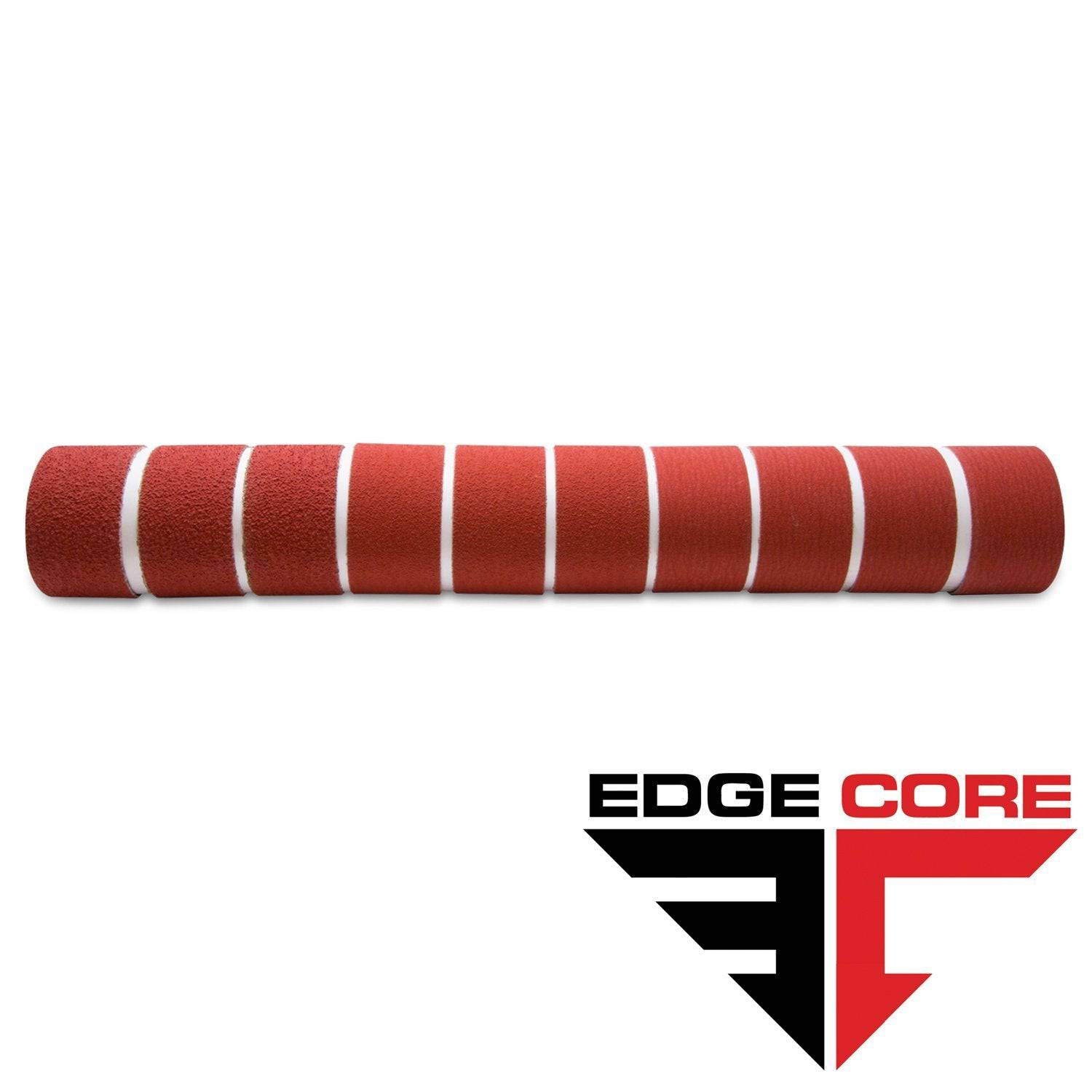
2 X 60 Inch Knife Makers Sanding Belts Assortment
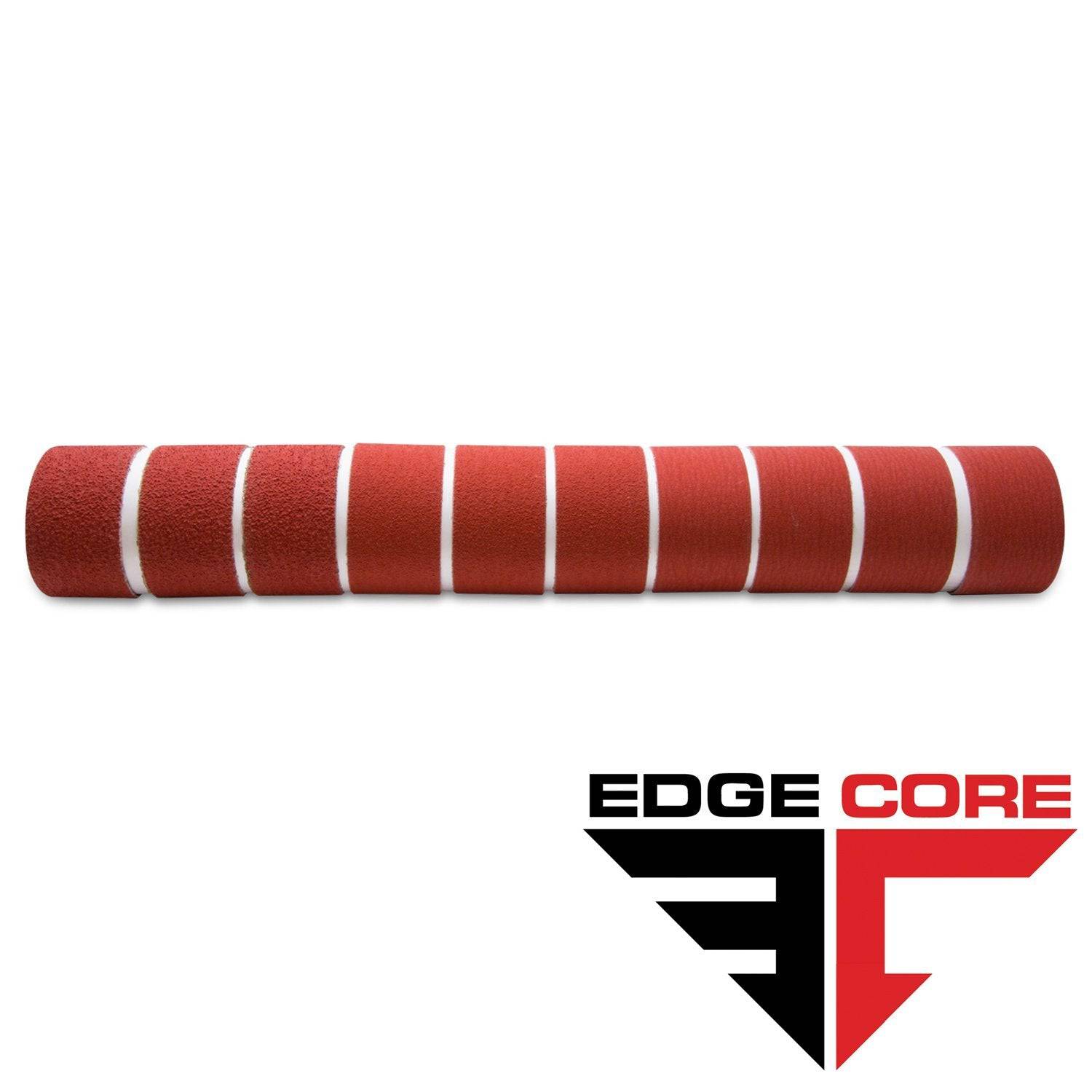
2 X 48 Inch Knife Makers Sanding Belts Assortment
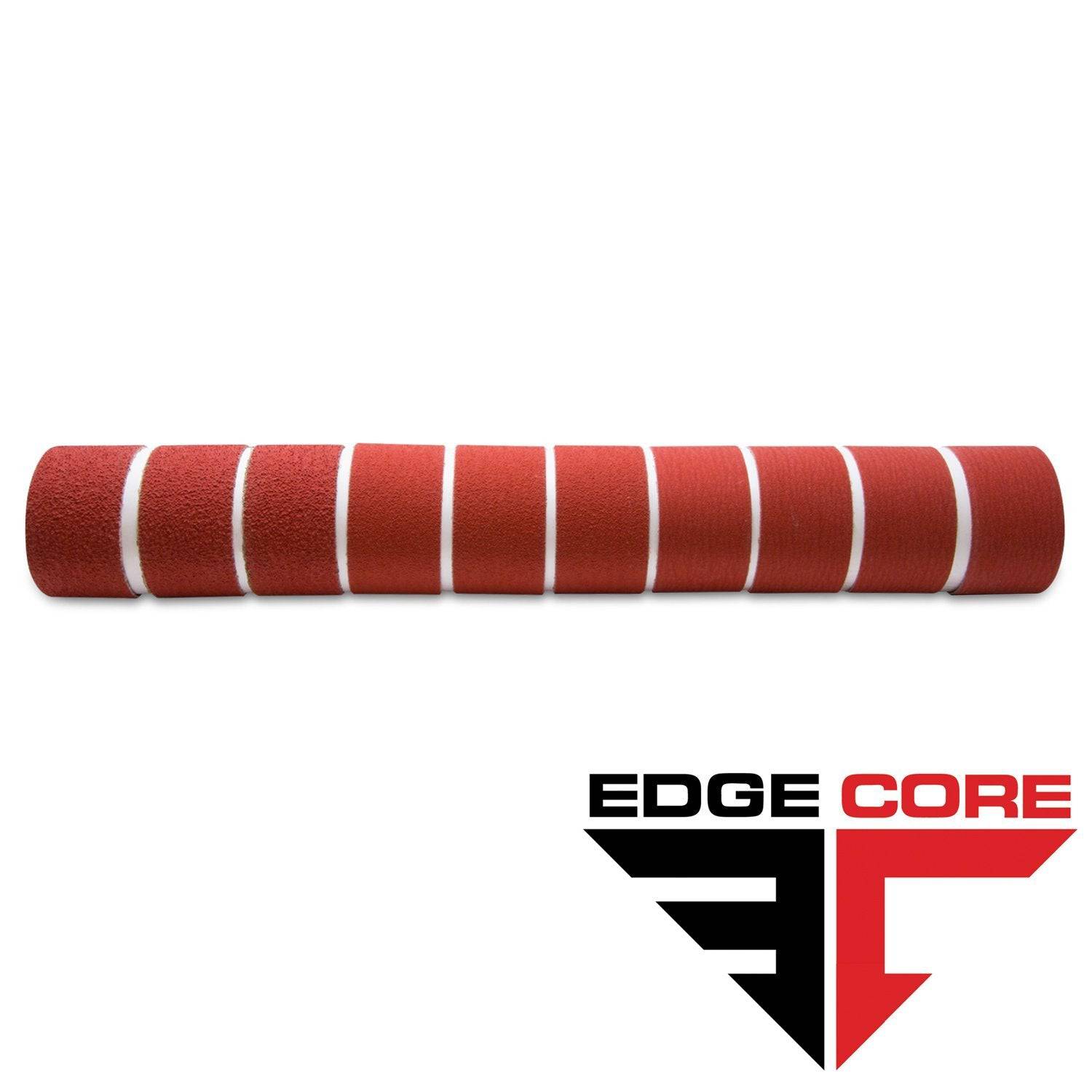
2 X 36 Inch Knife Makers Sanding Belt Assortment
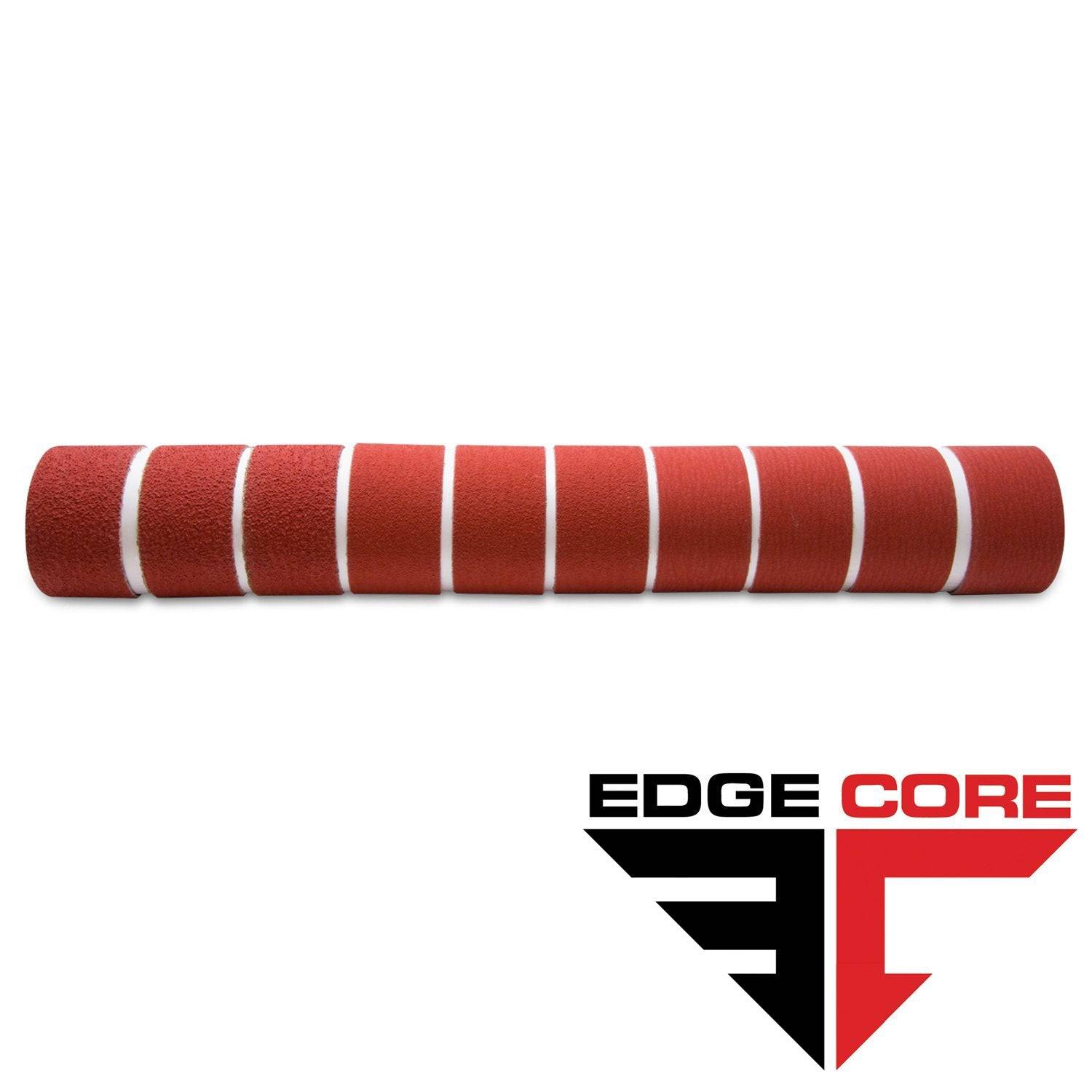
2 X 42 Inch Knife Makers Sanding Belts Assortment
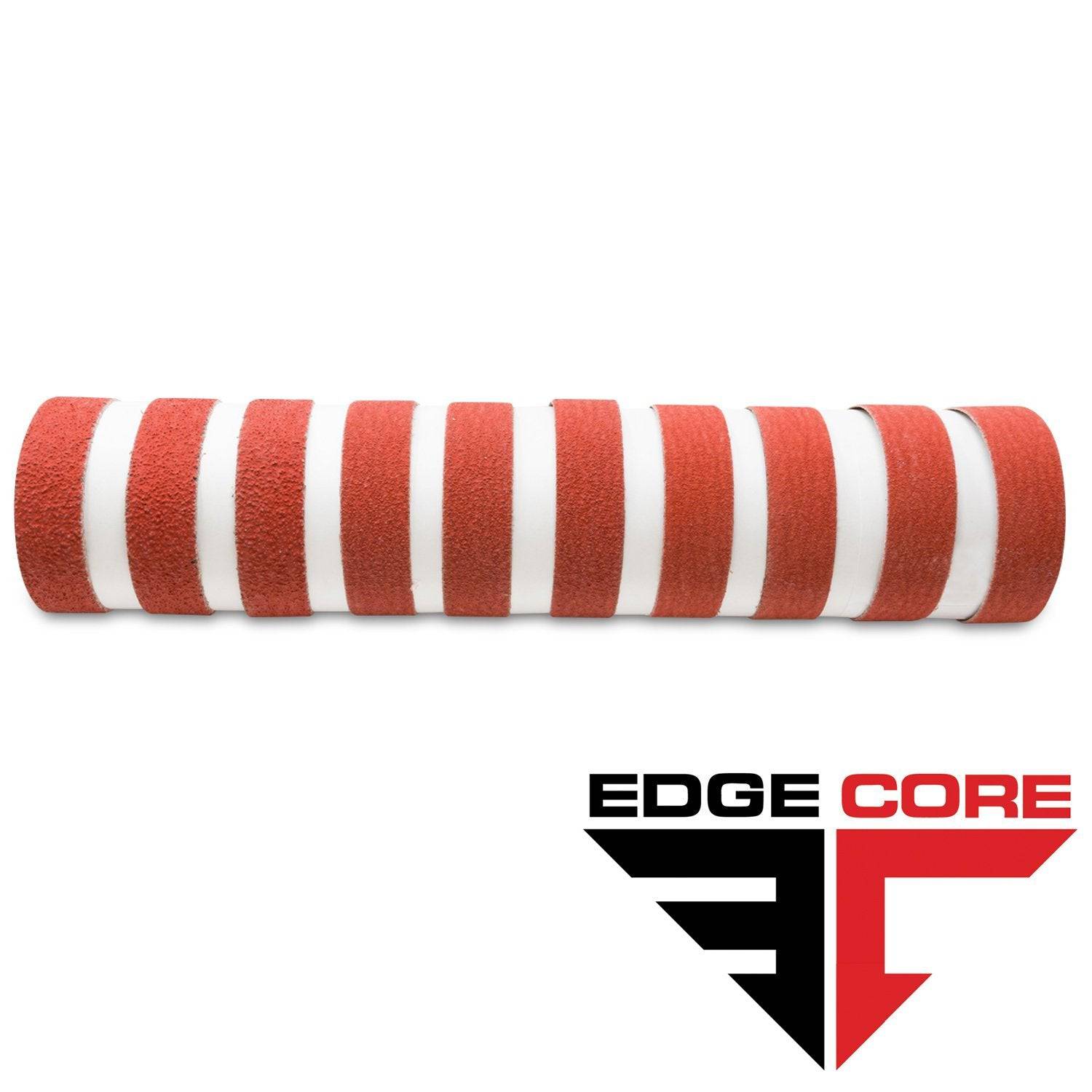
1 X 30 Inch Knife Makers Sanding Belts Assortment
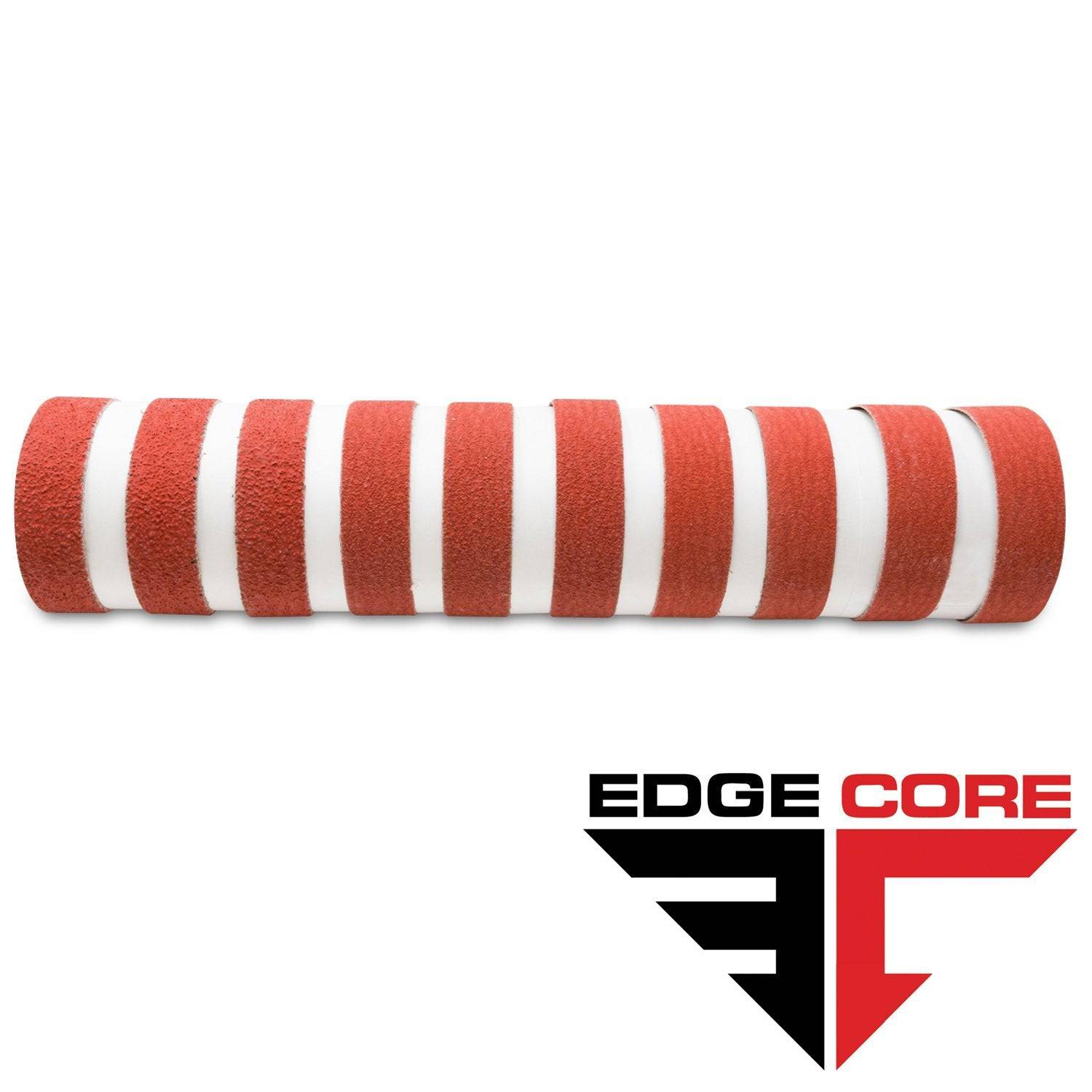
1 x 42 Inch Knife Makers Sanding Belt Assortment
Shop By Product Category





Why Choose Red Label?







